 March 2021
Messier 82’s starburst magnetic highway
March 2021
Messier 82’s starburst magnetic highway
... was most likely more common in the early universe when close encounters among galaxies occurred frequently, detailed study of Messier 82 – as the nearest starburst galaxy - can give researchers insight into how magnetic fields and star-processed...
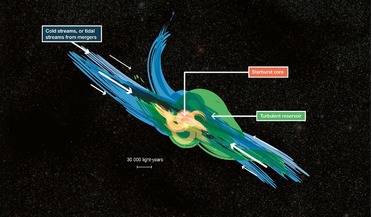 30 August 2017
Star formation history of the Universe revealed
30 August 2017
Star formation history of the Universe revealed
... more quickly than other molecules. This time around, CH+ has been found in a number of starburst galaxies, including the Cosmic Eyelash – a galaxy that is about 10 billion light years away and is producing stars at a rate that is equivalent...
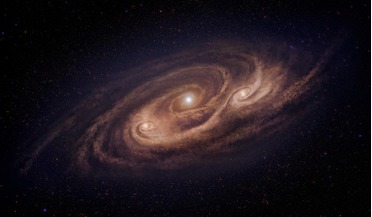 30 August 2018
Unstoppable monster galaxy puzzles and enlightens astronomers
30 August 2018
Unstoppable monster galaxy puzzles and enlightens astronomers
... the National Astronomical Observatory of Japan, the lead author of the research paper published in the journal Nature. Starburst galaxies are called so because they churn out stars at a frenzied pace – up to 1000 times higher than the star...
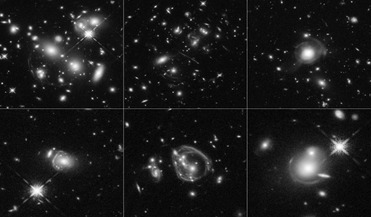 07 June 2017
Rare, massive, starburst galaxies captured in detail by Hubble
07 June 2017
Rare, massive, starburst galaxies captured in detail by Hubble
... lenses," said lead researcher James Lowenthal of Smith College in Northampton, Massachusetts. "These ultra-luminous, massive, starburst galaxies are very rare. Gravitational lensing magnifies them so that you can see small details that otherwise ...
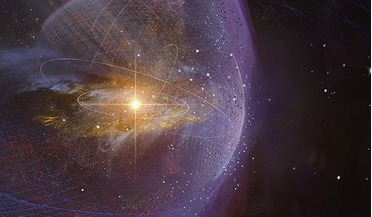 January 2022
Revealing the magnetic universe
January 2022
Revealing the magnetic universe
... primordial magnetic fields into the powerful forces observed today that affect how galaxies and stars are created. Observations of Messier 82, a canonical starburst galaxy, reveal a bipolar superwind that originates in the core and extends out into...
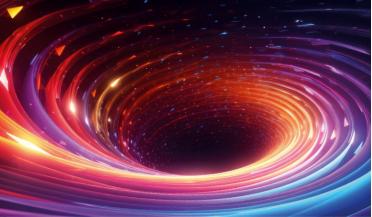 April 2024
Rotation in the Universe
April 2024
Rotation in the Universe
... rotation in cosmology textbooks are to the motion of spiral galaxies Now you might be thinking that searching for a single ...these glowing regions lead to M61’s classification as a starburst galaxy. This image incorporates data from not only Hubble,...